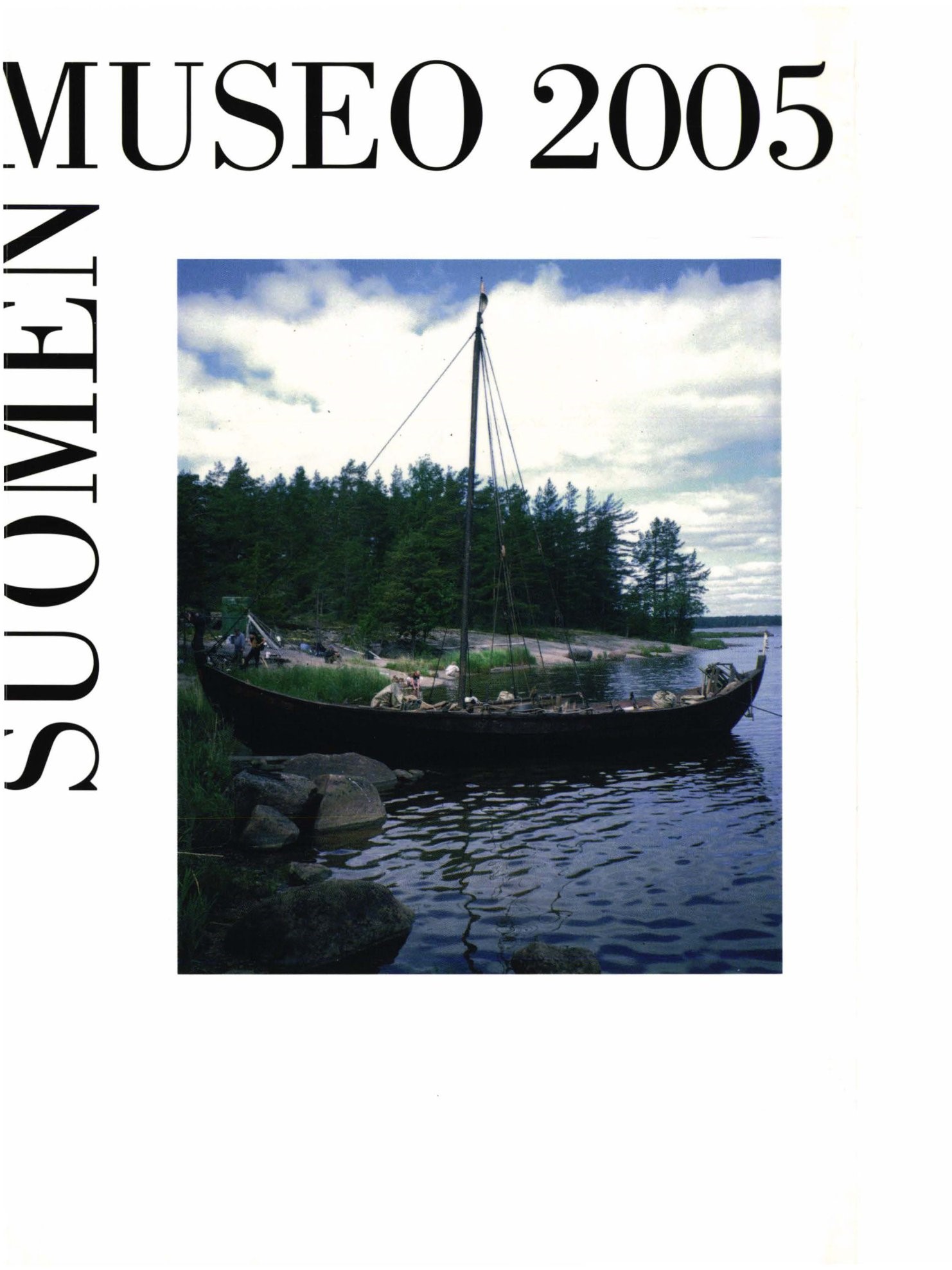Posliiniastiat, varallisuus ja kuluttajakäyttäytyminen 1700-luvun Torniossa
Abstrakti
Historical archaeology has been concerned with correlations between material culture and socio-economic status since the 1970s. Pottery, in particular, is often considered useful for estimating the economic status of households. In the 1980s and especially in the 1990s, historical archaeology became increasingly interested in consumption and related practices. This paper discusses the relationship between material culture, wealth and consumer behaviour in 18th-century Tornio on the basis of porcelain and other artefacts associated with the consumption of coffee and tea. lt will be shown that even though the material culture of coffee and tea consumption can be associated with wealth in 18th-century Tornio, straightforward assumptions regarding consurner behaviour should not be drawn on this basis. Moreover, it is argued that the tendency in historical archaeology to regard artefacts primarily as commodities neglects their materiality and can thus severely misrepresent the functions and meanings of things.

